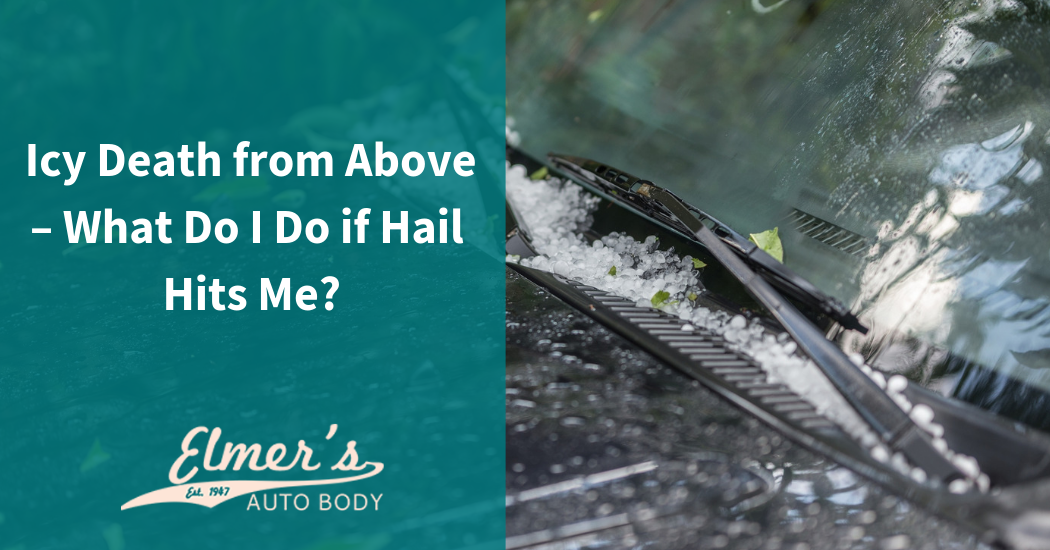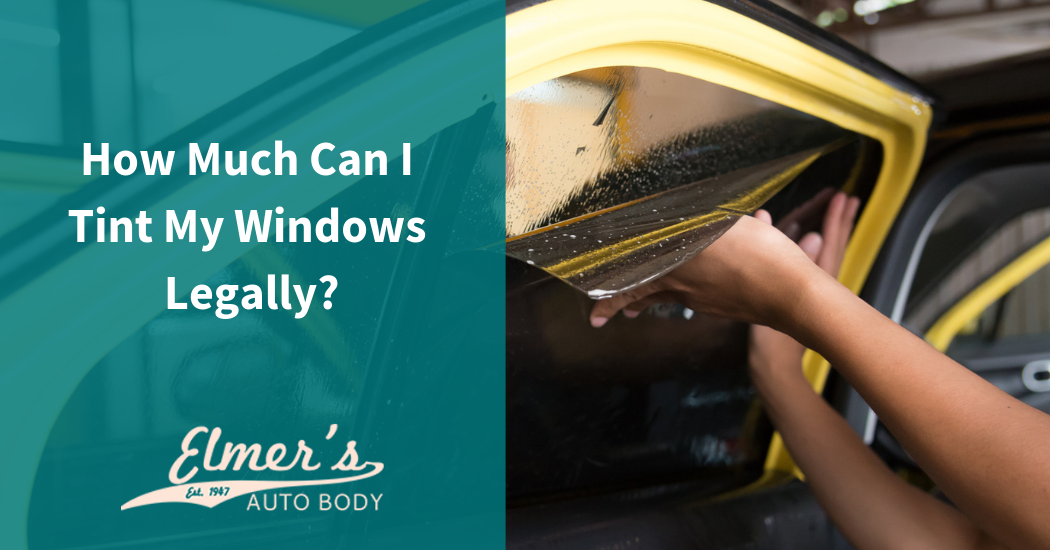The perfect car has just come into your life and it is at the price you wanted. The only problem is that the current owner does not have the title. You don’t want to walk away from the sale because you know that there could be many legitimate reasons why the owner doesn’t have the title. Maybe it was a gift from a parent or grandparent and they never bothered to transfer the title or it could have been lost or damaged. However, a car title declares who the legal owner of the vehicle is and, even if you pay for the car, the person who holds the title can claim ownership. You will also need the title to register the car in your name. There are ways for you to purchase the vehicle without repercussions affecting you later.
Do Some Research
The first thing you want to do is to be sure the car is not stolen, salvaged or a flood vehicle. You can research the car on websites like Carfax or AutoCheck by entering the VIN into their website. There, you can learn receive an odometer report, information on any accidents the car has been involved in as well as any insurance claims filed. If anything looks suspicious, ask the seller to explain. If it turns out there is an issue with the vehicle, walk away from the sale. In some states, you can get some information from your state DMV office. If you want to confirm that the car has not been stolen, you can run the VIN through the National Insurance Crime Bureau.
Bill of Sale
No matter what the status of the title may be, you will need a bill of sale to take to your motor vehicle department. The bill of sale will need to include:
- Anything included or excluded from the sale, such as after-market parts or features
- Full address of both buyer and seller along with phone numbers
- Mileage
- Sale Price
- Terms of Sale (“as is” “where is” “seller to supply title” etc.)
- VIN
When you pay for the vehicle, use a check, certified check or money order so that you have a record of the payment. You can also set up an escrow account that holds the funds until the seller provides the title.
DMV Title Request
Each state has a process for obtaining a copy of the title. Most of the time, the seller simply fills out a form, pays a fee and provides proof of identity for a new title to be issued. Although some states can issue the new title immediately, some may take a few days. It may also be possible to complete the form online. However, if the car has never been registered or transferred to the seller, it may be more difficult. You may be able to contact your local DMV to learn the name of the previous owner in order to ask them for the title.
Surety Title Bond
Some states will allow you to obtain a Surety Bond which is a financial security instrument and declaration that guarantees that the car is yours. You will want to be sure there is no lien on the car. This information can be found at your local DMV. The Surety Bond can be completed by a local bond company. You will need to have the vehicle valued which will be used to calculate the amount of the bond. The bond is usually between one and two times the value of the car. You won’t pay that amount for the bond but will pay a percentage of the bond amount.
If you need to have a vehicle inspected before you purchase it, schedule an appointment with Elmer’s Auto Body today. You can fill out the easy form online or give us a call.




